Home>Furniture>Living Room Furniture>What Is A Good Foam Density For Sofa Cushions
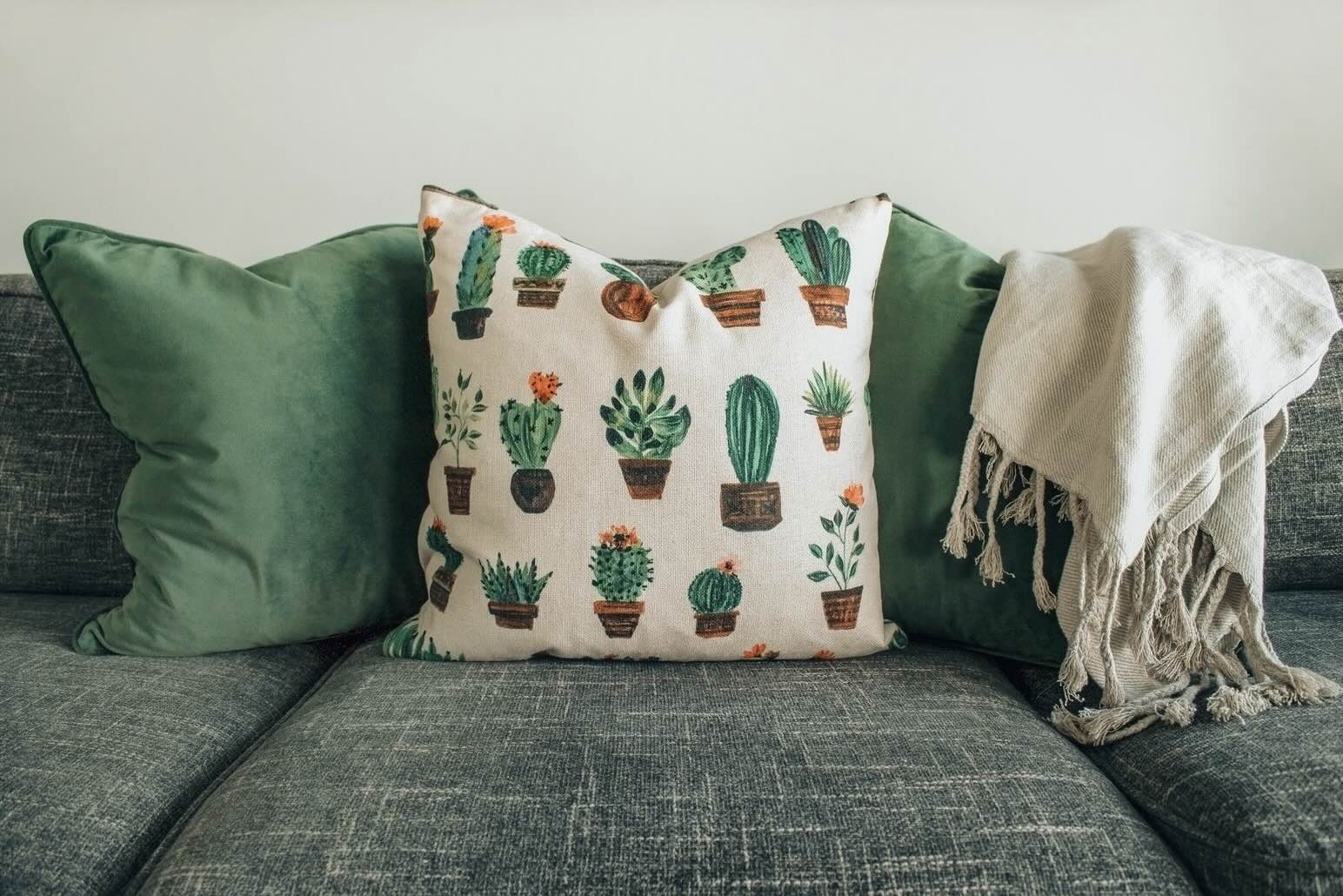

Living Room Furniture
What Is A Good Foam Density For Sofa Cushions
Modified: March 16, 2024
Discover the ideal foam density for your sofa cushions in this comprehensive guide. Choose the perfect living room furniture with the help of our expert recommendations.
(Many of the links in this article redirect to a specific reviewed product. Your purchase of these products through affiliate links helps to generate commission for Storables.com, at no extra cost. Learn more)
Introduction
Welcome to the world of living room furniture! When it comes to creating a comfortable and inviting living space, one of the key elements to consider is the quality of your sofa cushions. And at the heart of cushion quality lies the foam density.
Foam density refers to the weight of the foam per cubic foot and is a crucial factor in determining the durability, comfort, and overall performance of your sofa cushions. Understanding the importance of foam density and how to choose the right one can greatly enhance your seating experience and ensure that your beloved sofa stands the test of time.
In this article, we will dive deep into the world of foam density for sofa cushions. We will explore why foam density matters, the factors to consider when choosing the appropriate density, and the benefits of using the right foam density. Additionally, we will debunk some common misconceptions about foam density and provide insights on how to determine the foam density of your existing cushions.
So, whether you’re in the market for a new sofa or simply looking to upgrade your current cushions, let’s embark on this informative journey to discover what constitutes a good foam density for sofa cushions.
Key Takeaways:
- Choose foam density based on your comfort preference, usage, and budget. Medium-density foam (1.8 lbs/ft³) offers a balance of comfort and durability, while higher-density foam (2.5 lbs/ft³) provides exceptional support for frequent use.
- Understand that foam density alone doesn’t determine cushion quality. Consider factors like usage, maintenance, and cushion construction for longevity. Test different densities to find your ideal comfort and support.
Read more: What Is A Good Density For Memory Foam
Importance of foam density for sofa cushions
When it comes to the comfort and longevity of your sofa cushions, foam density plays a critical role. Foam density refers to the amount of weight per cubic foot of foam, and it directly impacts the feel, support, and durability of the cushions. Let’s take a closer look at why foam density is so important:
- Comfort: The foam density affects the overall comfort of your sofa. Higher-density foams provide a firmer and more supportive feel, while lower-density foams offer a softer and more plush experience. The right foam density ensures that you can sink into your sofa without feeling like you’re sitting on a board or sinking too deeply.
- Durability: Choosing the appropriate foam density is crucial for the long-term durability of your sofa cushions. High-density foam is denser and less likely to sag or lose its shape over time, ensuring that your cushions maintain their supportive structure even with continuous use. Low-density foam, on the other hand, may compress and lose its resilience quickly, leading to sagging and flattening of the cushions.
- Support: Foam density directly correlates to the level of support your sofa cushions provide. If you prefer a firmer seating experience with more pronounced support, higher-density foams are ideal. They have a greater resistance to pressure and are better at distributing weight evenly. Lower-density foams offer a softer and more relaxed support, making them perfect for those who prefer a plush and cozy feel.
- Resilience: Foam density determines how well the cushions will recover and bounce back after being compressed. Higher-density foams have greater resilience and can retain their shape for a longer time, allowing the cushions to maintain their original form even after prolonged use. Low-density foams, on the other hand, may take more time to regain their shape, leading to a less visually appealing and less supportive seating experience.
In summary, foam density is vital for both the immediate comfort and the long-term durability of your sofa cushions. It directly influences the overall feel, support, resilience, and even the appearance of your cushions, making it a crucial factor to consider when selecting the right foam for your living room furniture.
Factors to consider when choosing foam density
Choosing the right foam density for your sofa cushions requires careful consideration of various factors. Here are some key factors to keep in mind:
- Comfort preferences: Consider your personal comfort preferences. Do you prefer a softer, more plush feel or a firmer, more supportive seating experience? This will help determine the ideal foam density for your cushions.
- Usage: Think about how the sofa will be used. If it is a heavily used sofa in a high-traffic area, such as a family room or entertainment space, you may want to opt for higher-density foam that can withstand regular use and maintain its shape and support over time.
- Budget: Foam density can affect the cost of your sofa cushions. Higher-density foams tend to be more expensive than lower-density options. Consider your budget and find the balance between the desired quality and affordability.
- Body weight: Take into account the body weight of those who will be using the sofa. Heavier individuals may require higher-density foam to provide adequate support and prevent premature sagging or flattening of the cushions.
- Cushion style: The style of the cushions can also impact your choice of foam density. For example, if you have a thick, overstuffed cushion design, you may need lower-density foam to achieve the desired plushness. On the other hand, sleeker, more streamlined cushions may benefit from higher-density foam for enhanced support.
By considering these factors, you can make an informed decision when selecting the foam density for your sofa cushions. Keep in mind that there is no one-size-fits-all approach, and what works for someone else may not necessarily work for you. It’s important to find the right balance based on your specific needs and preferences.
Recommended foam density for sofa cushions
When it comes to choosing the foam density for your sofa cushions, there is no one-size-fits-all answer. The recommended foam density can vary depending on individual preferences, usage, and budget. However, there are some general guidelines that can help you make an informed decision:
- Medium density (1.8 lbs/ft³): This is a popular choice for sofa cushions as it strikes a balance between comfort and durability. Medium-density foam provides a supportive yet comfortable seating experience and is suitable for a wide range of users. It can withstand regular use and maintain its shape well over time.
- High density (2.5 lbs/ft³ and above): If you prioritize durability and long-term support, high-density foam is an excellent option. This foam density provides exceptional resilience and can withstand heavier use without sagging or losing its shape. It is especially recommended for individuals with higher body weights or for sofas that will see frequent use.
- Low density (1.2-1.5 lbs/ft³): Low-density foam offers a softer and more plush seating experience. It is suitable for those who prefer a slightly sink-in feeling and a more relaxed, cozy vibe. However, it is important to note that low-density foam may not provide the same level of long-term support and durability as higher-density options.
It’s important to remember that these are general recommendations, and the ideal foam density can vary based on personal preferences and individual circumstances. Always test the cushions before making a final decision to ensure that they provide the desired level of comfort and support.
Additionally, keep in mind that the foam density can also vary within a single sofa. For example, the back cushions may have a different density than the seat cushions to provide optimal comfort and support in different areas.
By considering these recommendations and taking into account your specific needs and preferences, you can select a foam density that will provide the desired level of comfort, durability, and support for your sofa cushions.
A good foam density for sofa cushions is typically between 1.8 to 2.5 pounds per cubic foot. This range provides a balance of comfort and durability for everyday use.
Benefits of using the appropriate foam density
The appropriate foam density for your sofa cushions offers a range of benefits that contribute to your overall seating experience and the longevity of your furniture. Here are some key advantages of using the right foam density:
- Comfort and support: Using the appropriate foam density ensures a comfortable and supportive seating experience. Whether you prefer a softer, plush feel or a firmer, more supportive cushion, the right density can help achieve the desired level of comfort and prevent discomfort during extended periods of sitting.
- Durability: Proper foam density plays a crucial role in the durability of your sofa cushions. Higher-density foam is more resistant to wear and tear, ensuring that the cushions maintain their shape, support, and overall structure over time. This means you can enjoy your sofa for years to come without worrying about excessive sagging or flattening.
- Longevity: By choosing the appropriate foam density, you can extend the lifespan of your sofa cushions. Higher-density foam can withstand repeated use and frequent sitting, preventing premature wear and maintaining its supportive properties. This means you won’t have to replace your cushions as frequently, saving you money in the long run.
- Resilience: Foam density impacts the resilience of the cushions, meaning how well they bounce back and regain their original shape after being compressed. The appropriate foam density ensures that the cushions retain their shape and provide consistent support, even after extended use. This enhances the overall appearance of your sofa and maintains a visually appealing aesthetic.
- Improved posture and back support: The right foam density helps promote good posture and provides adequate back support. Proper support is essential for preventing discomfort and reducing the risk of developing back or posture-related issues. Choosing the appropriate density ensures that your cushions offer the right level of support to keep your spine properly aligned and reduce the strain on your back.
By using the appropriate foam density for your sofa cushions, you can enjoy enhanced comfort, improved durability, and better support. It ensures that your seating experience is optimal, and your furniture retains its aesthetic appeal and functionality for years to come.
Remember, selecting the right foam density is a personal decision based on your preferences and needs. Test different densities to see which one feels best for you and consult with furniture experts or manufacturers when necessary to make an informed choice.
Read more: Where To Purchase Foam For Sofa Cushions
How to determine the foam density of sofa cushions
When it comes to determining the foam density of your sofa cushions, there are a few methods you can use. While some of these methods may require professional assistance, others can be easily done at home. Here are some common ways to determine the foam density:
- Check the labeling: Some manufacturers provide information about the foam density on the labels of their products. Check the tags or labels on your sofa cushions or contact the manufacturer to see if they provide this information. This is the easiest and most reliable way to determine the foam density.
- Measure the weight: If the foam density is not labeled, you can measure the weight of the foam to calculate the density. Measure the length, width, and height of a known volume of foam and weigh it. Then, divide the weight by the volume to calculate the density in pounds per cubic foot (lbs/ft³). Keep in mind that this method may not be as accurate as obtaining the information from the manufacturer.
- Consult a professional: If you are unsure about the foam density or want a more accurate assessment, consider consulting a professional upholsterer or furniture retailer. They have the expertise and tools to measure the foam density accurately. They can also guide you in selecting the right density for your cushions based on your preferences and needs.
It is important to remember that foam density alone is not the sole indicator of cushion quality. Other factors, such as foam composition, layering, and overall construction, also play a significant role in determining the comfort and durability of the cushions.
If you are looking to upgrade your sofa cushions or purchase new ones, consider visiting furniture stores that allow you to try out different foam densities. Sitting on different cushions will give you a better understanding of the level of comfort and support they provide, allowing you to make an informed decision.
By using these methods and seeking professional advice when needed, you can determine the foam density of your sofa cushions and ensure that you select the right density for your desired level of comfort and durability.
Common misconceptions about foam density
When it comes to foam density for sofa cushions, there are some common misconceptions that can lead to confusion. Let’s debunk these misconceptions and provide clarity on the subject:
- Higher foam density is always better: While it’s true that higher foam density generally offers greater durability and support, it doesn’t mean it’s always the best choice. The ideal foam density depends on your personal preferences and needs. Some people may find higher-density foam too firm and prefer a softer feel, while others may require the extra support provided by higher-density options. It’s important to strike a balance based on your comfort and usage requirements.
- Foam density determines cushion firmness: While foam density can influence the overall feel of the cushions, it is not the sole determinant of firmness. Factors such as foam composition, layering, and cushion construction also play a role in determining the firmness of the cushions. So, it’s crucial to consider these factors in conjunction with foam density when selecting cushions that provide the desired level of firmness.
- All foam with the same density is the same: Not all foams with the same density will have identical performance characteristics. Foam quality, composition, and manufacturing processes can vary among manufacturers, resulting in variations in durability, resilience, and overall performance. It’s important to consider reputable brands known for high-quality foams and to test out cushions to assess their feel and quality before making a purchase.
- Foam density determines cushion longevity: While higher-density foam is generally more durable, it’s not the sole factor influencing cushion longevity. Factors such as usage, maintenance, cushion construction, and overall quality of materials used also contribute to the lifespan of the cushions. Regular maintenance, such as fluffing and rotating cushions, can extend their durability regardless of foam density.
- All cushions on a sofa need the same foam density: Different sections of a sofa, such as seat cushions, back cushions, and armrests, may require varying foam densities to provide the desired level of comfort and support. For example, seat cushions may benefit from higher-density foam for enhanced support, while back cushions may have a lower-density foam to achieve a softer feel. It’s important to consider each cushion’s function and tailor the foam density accordingly.
By debunking these misconceptions, we can gain a clear understanding of foam density for sofa cushions. Remember, finding the right foam density is a personal decision, and it’s important to consider your own comfort preferences, usage needs, and overall quality of the cushions when making a choice.
Conclusion
Foam density plays a crucial role in the comfort, support, and durability of your sofa cushions. Understanding the importance of foam density and choosing the appropriate density can greatly enhance your seating experience and ensure that your sofa stands the test of time.
When selecting foam density for your sofa cushions, consider factors such as your comfort preferences, usage patterns, budget, body weight, and cushion style. Medium-density foam (1.8 lbs/ft³) is a popular choice that offers a balance between comfort and durability. Higher-density foam (2.5 lbs/ft³ and above) provides exceptional durability and support, making it suitable for frequent use and heavier individuals. Lower-density foam (1.2-1.5 lbs/ft³) offers a softer, more plush feel, ideal for those seeking a relaxed and cozy seating experience.
The benefits of using the appropriate foam density are wide-ranging. It ensures comfort and support, enhances durability and longevity, promotes good posture and back support, and provides optimal resilience. Finding the right foam density tailored to your specific needs and preferences can significantly enhance your seating comfort and contribute to the long-term durability of your sofa cushions.
When determining the foam density of your sofa cushions, check for labels or consult the manufacturer for information. If this information is not available, professional upholsterers or furniture retailers can assist in accurately measuring the foam density. Testing out different cushions and seeking expert advice can help you make an informed decision.
Finally, it’s important to be aware of common misconceptions surrounding foam density. Higher density is not always better, foam density alone does not determine cushion firmness, and not all foams with the same density perform identically. Understanding these misconceptions helps in selecting the right foam density and managing expectations regarding the performance and longevity of your sofa cushions.
By considering these factors, understanding the benefits, and dispelling common misconceptions, you can make an informed decision when it comes to foam density for your sofa cushions. Ultimately, choosing the appropriate foam density will greatly enhance your seating comfort, extend the lifespan of your cushions, and create a cozy and inviting living room space for you and your loved ones to enjoy for years to come.
Frequently Asked Questions about What Is A Good Foam Density For Sofa Cushions
Was this page helpful?
At Storables.com, we guarantee accurate and reliable information. Our content, validated by Expert Board Contributors, is crafted following stringent Editorial Policies. We're committed to providing you with well-researched, expert-backed insights for all your informational needs.
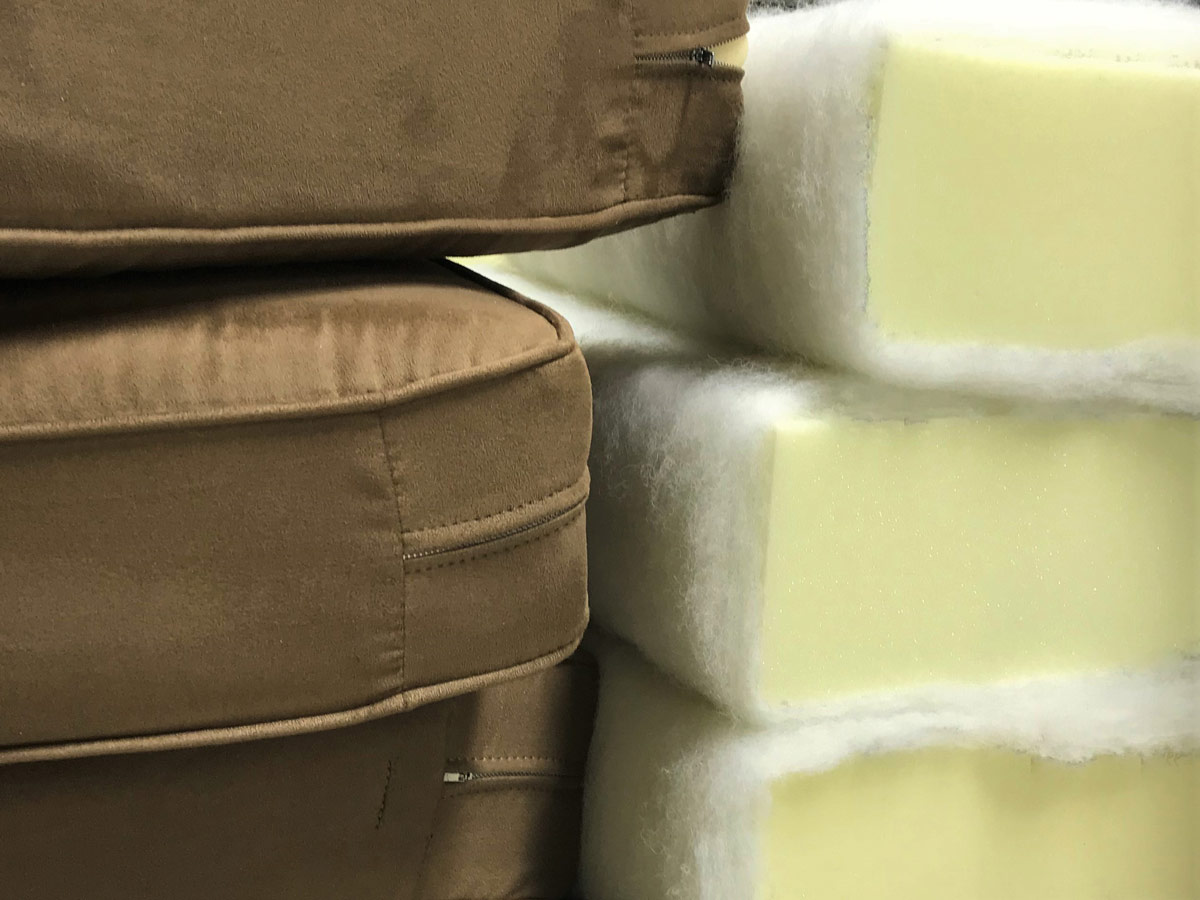
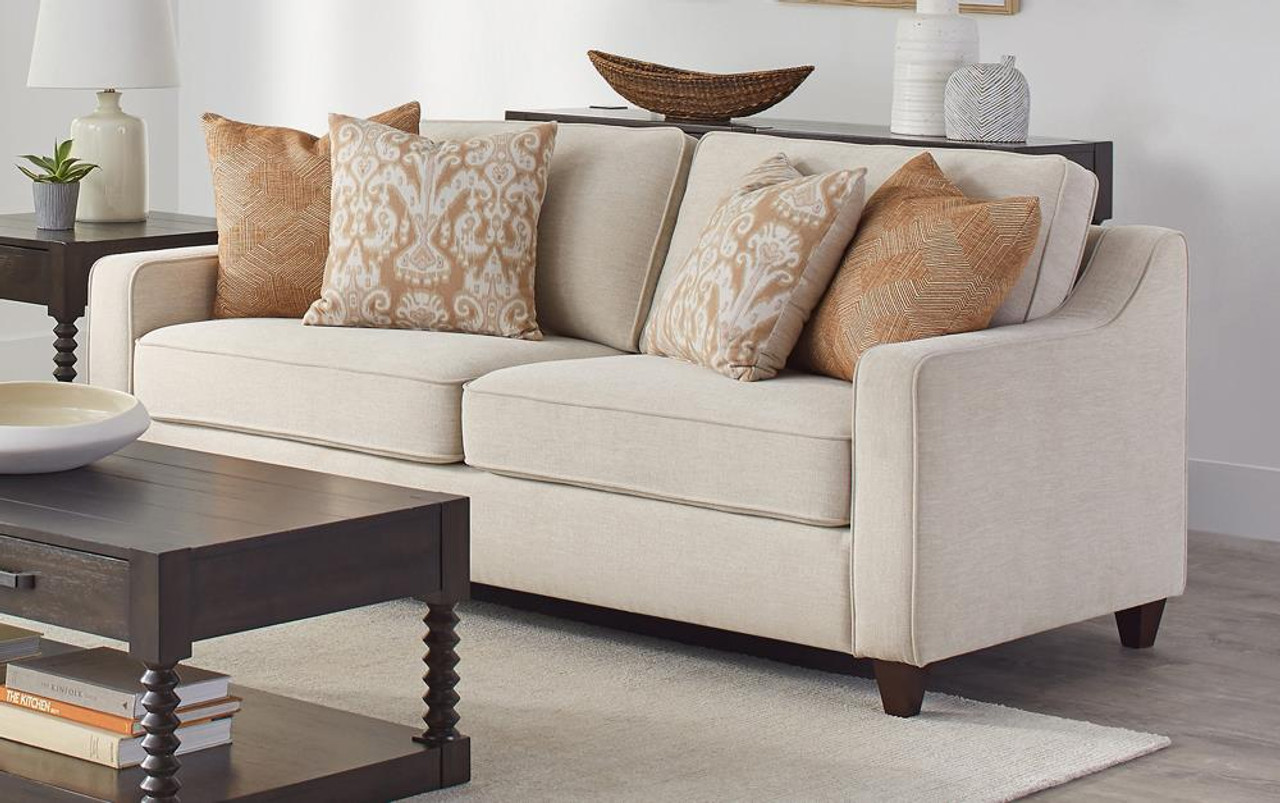



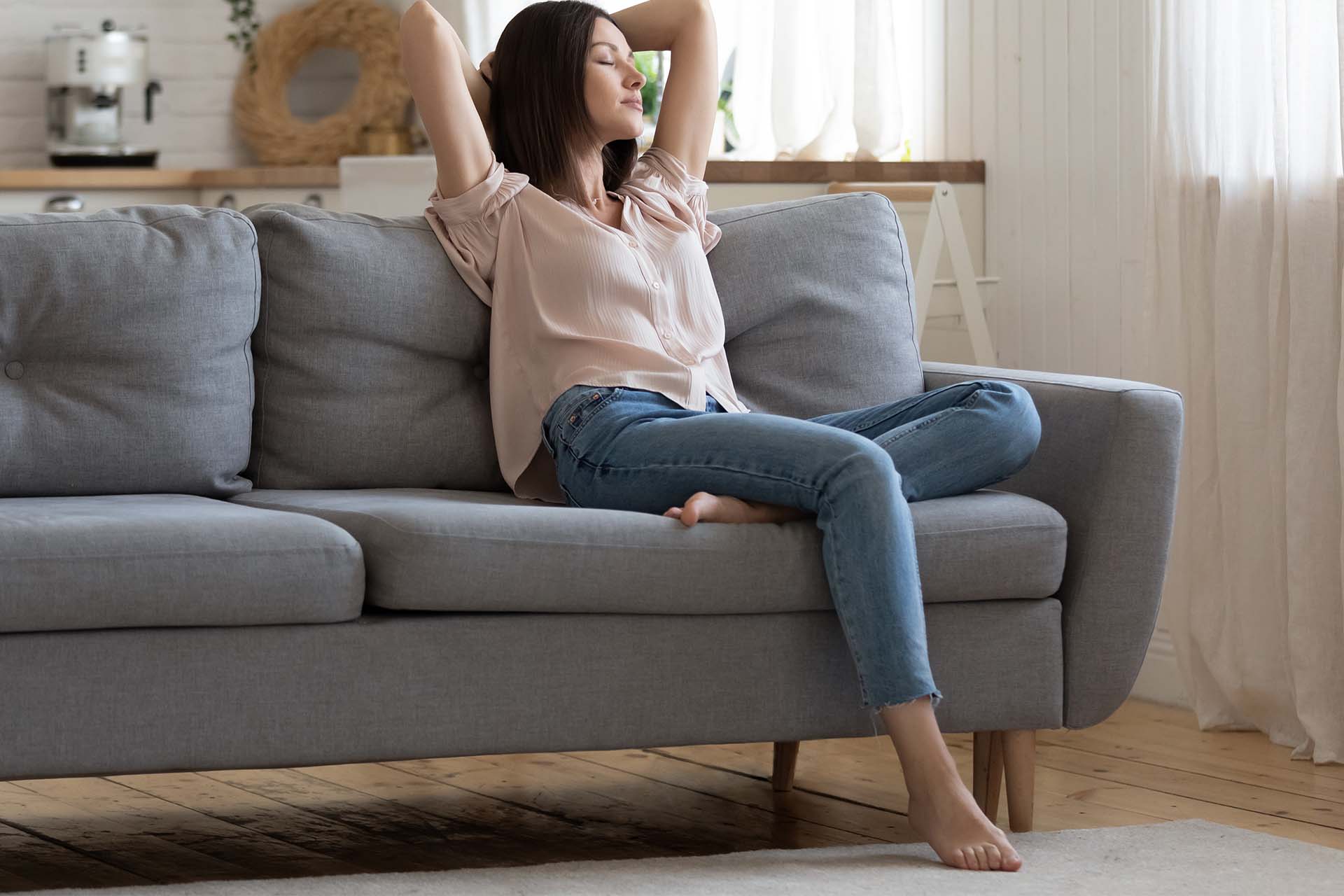
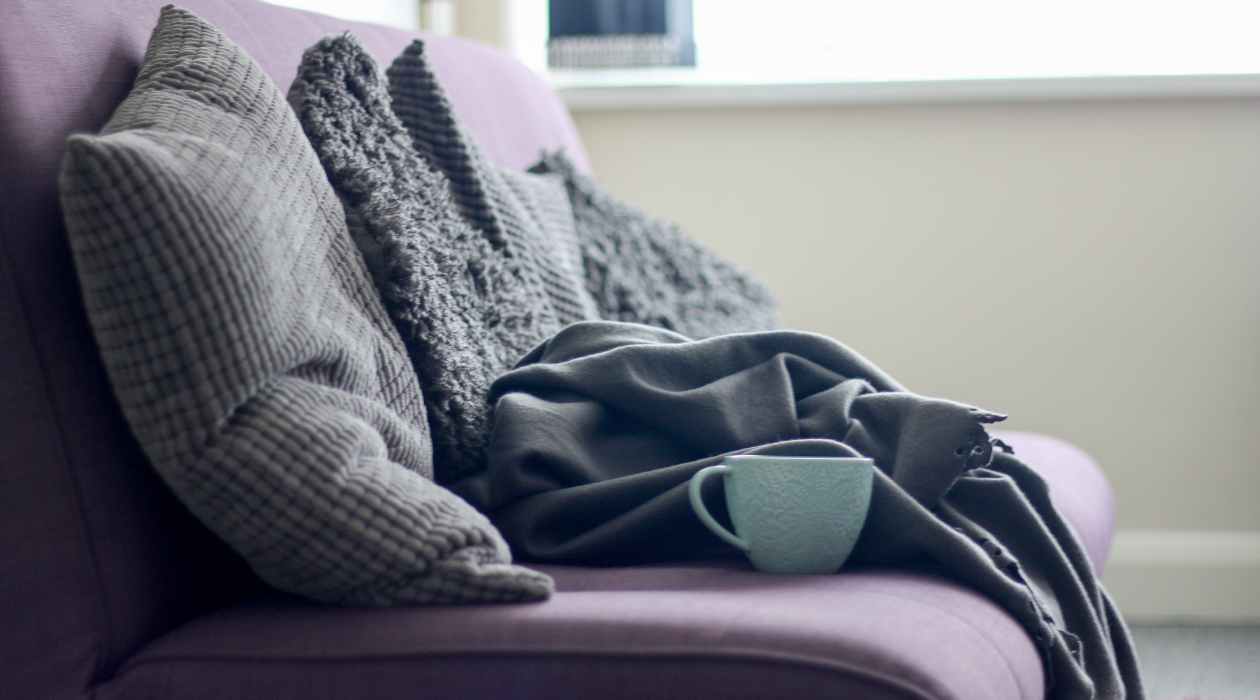
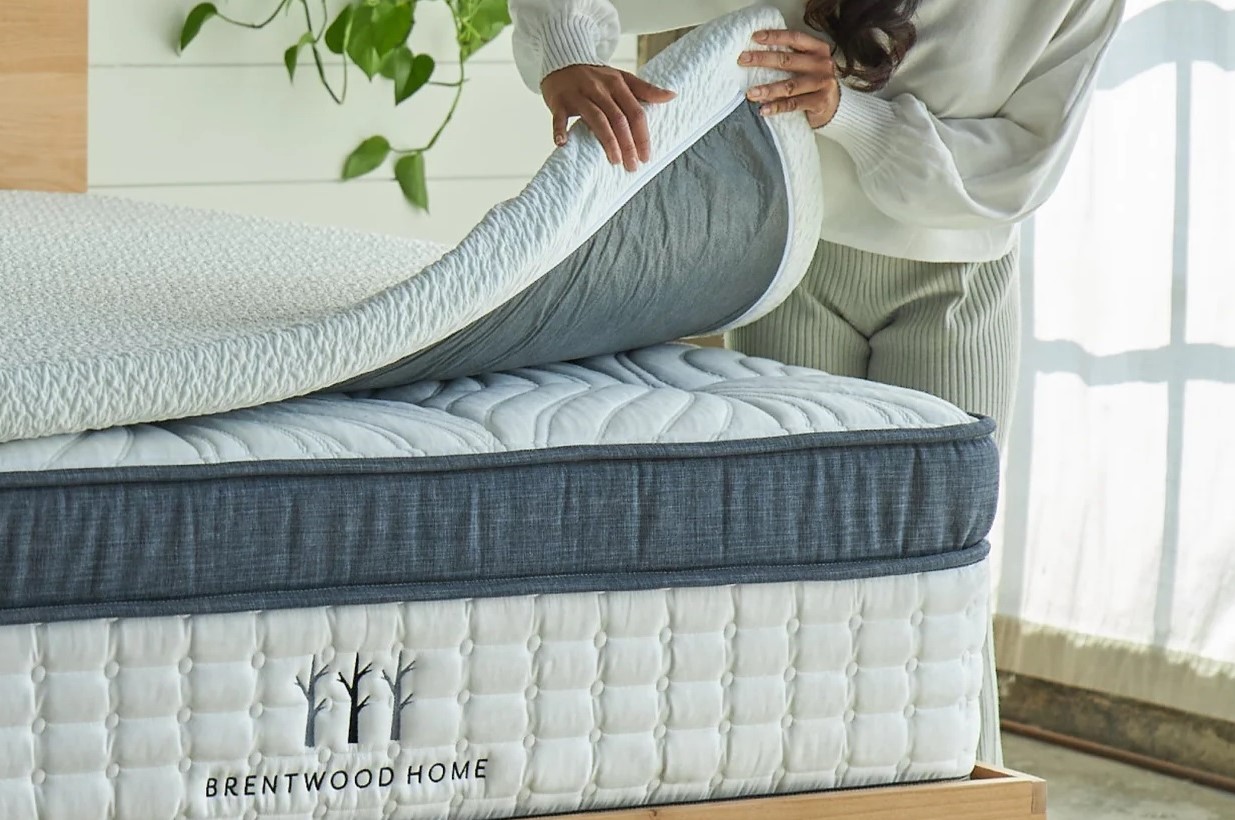
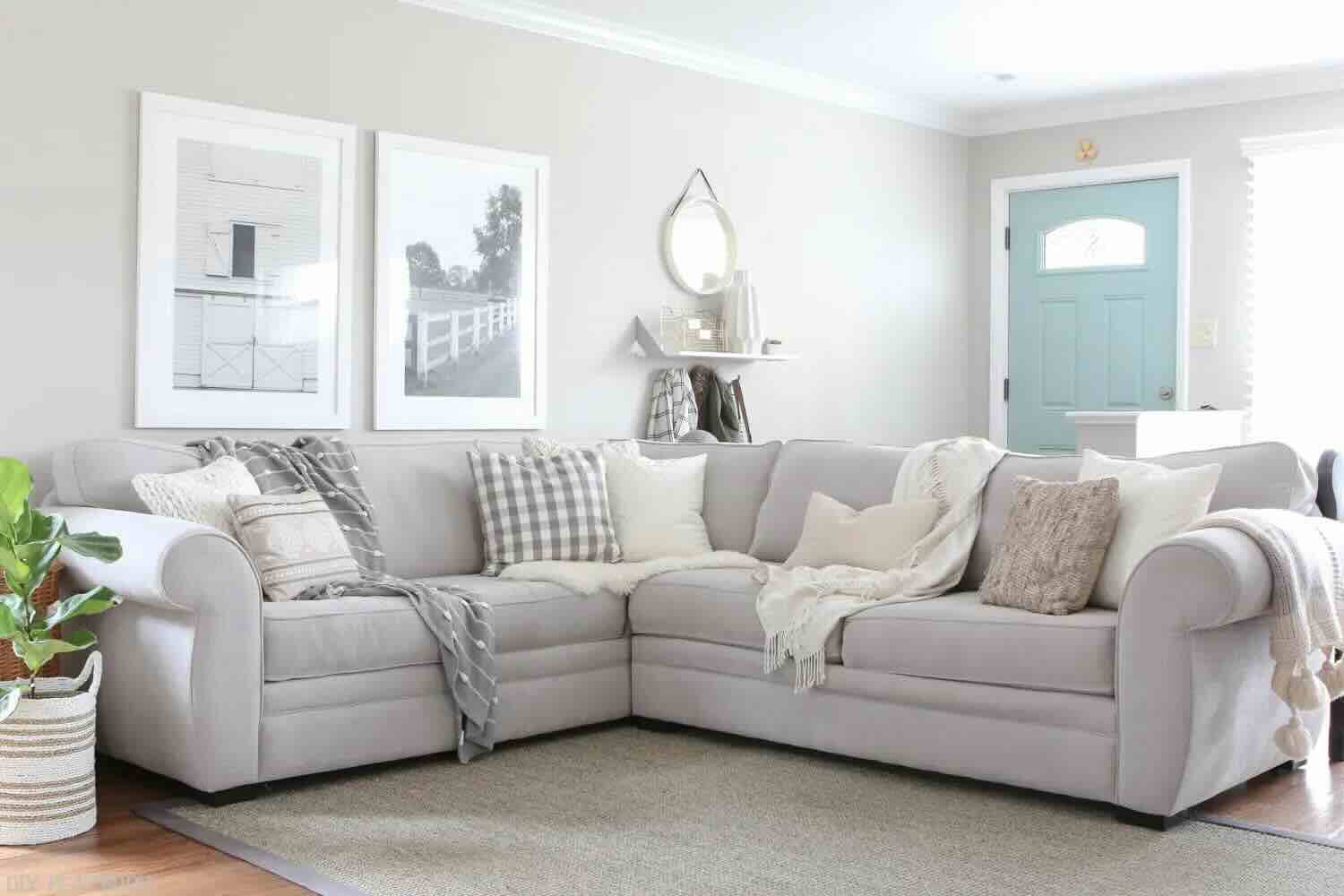
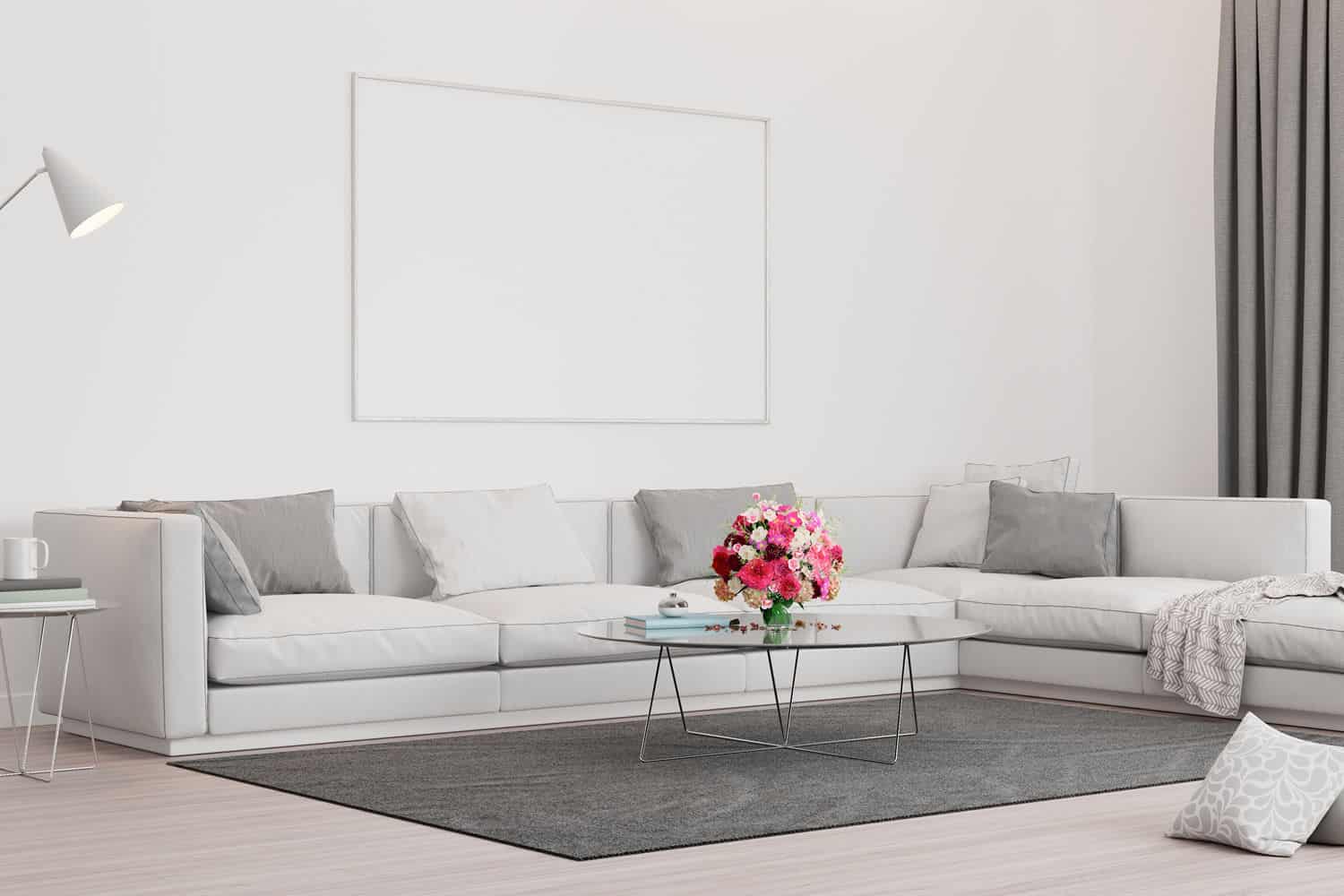
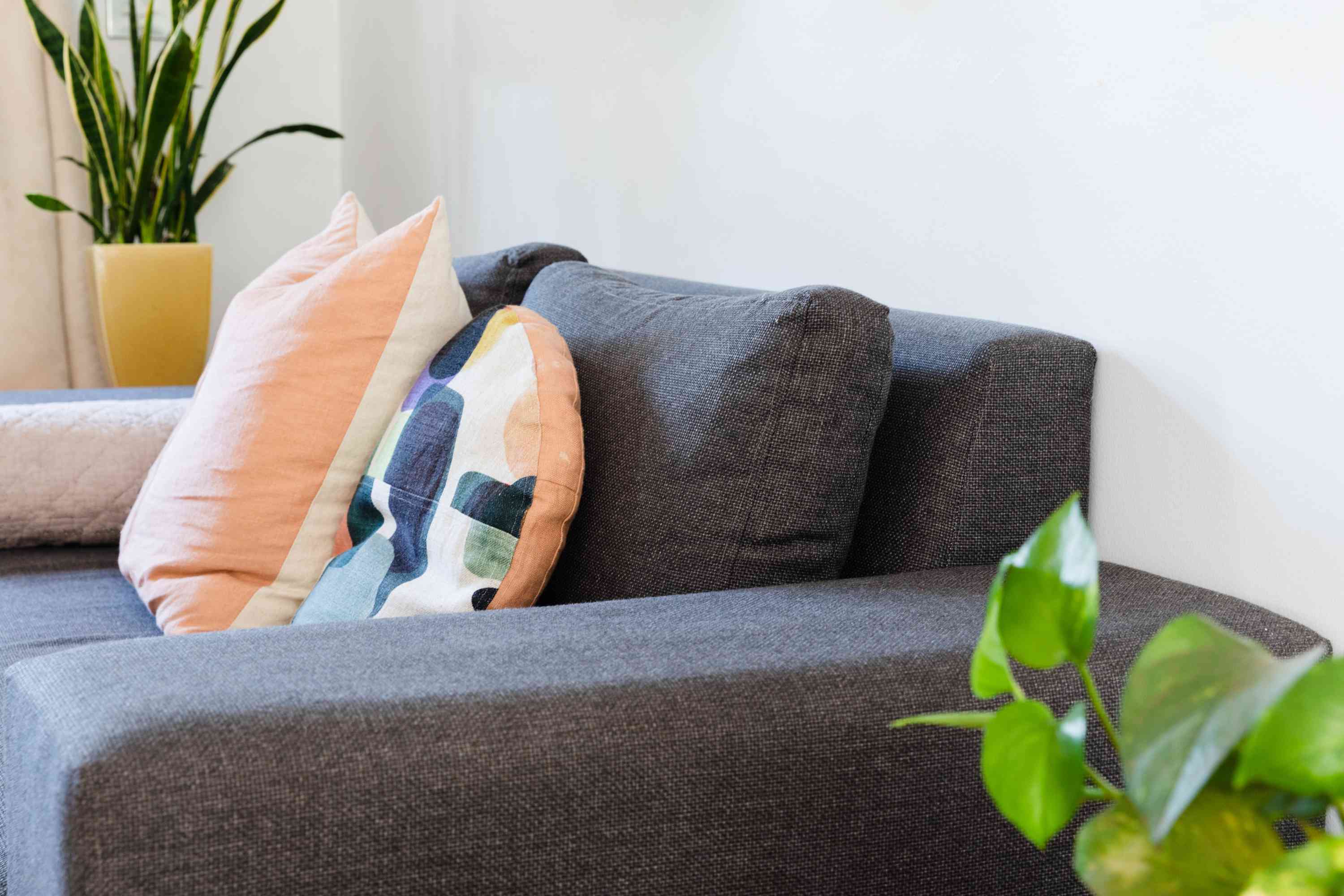


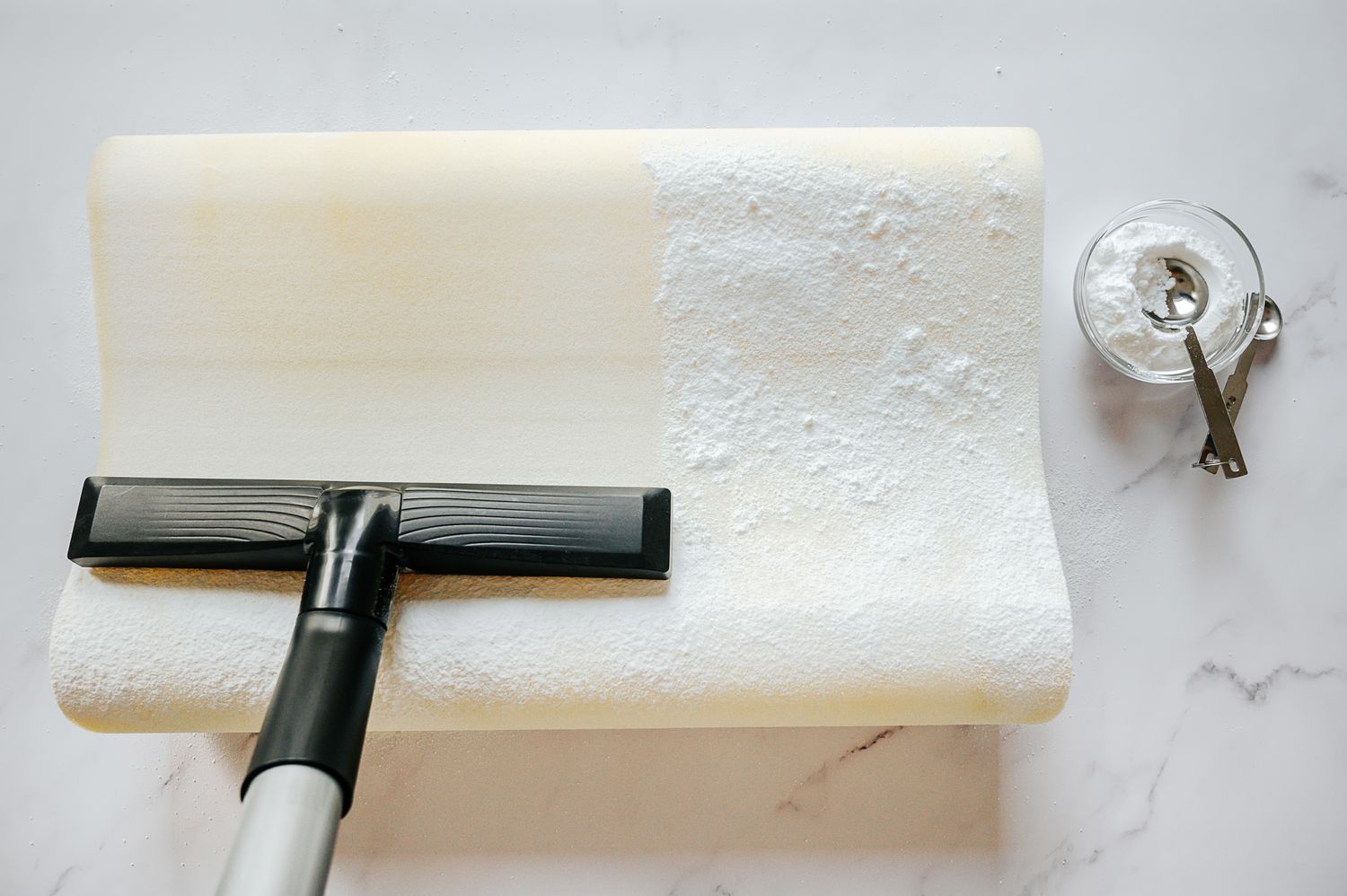

0 thoughts on “What Is A Good Foam Density For Sofa Cushions”